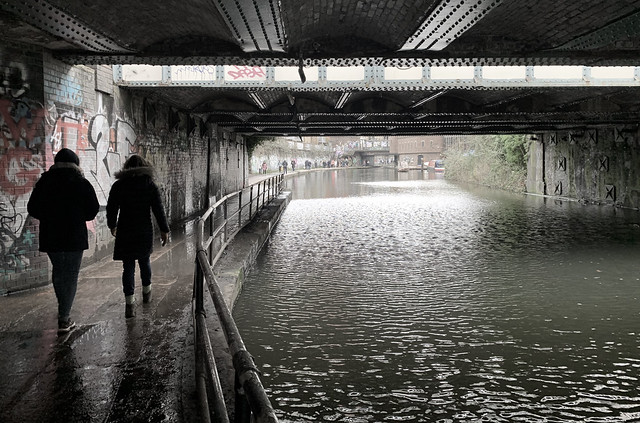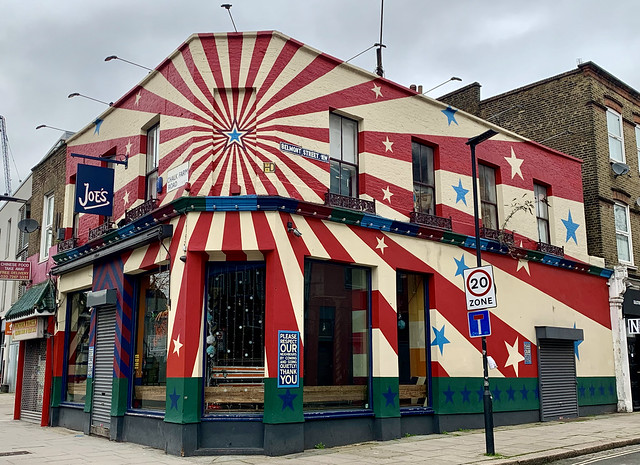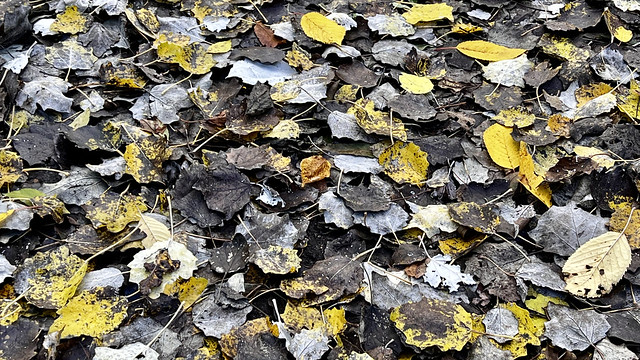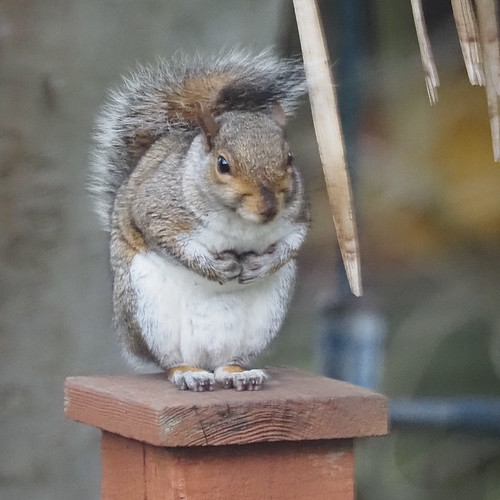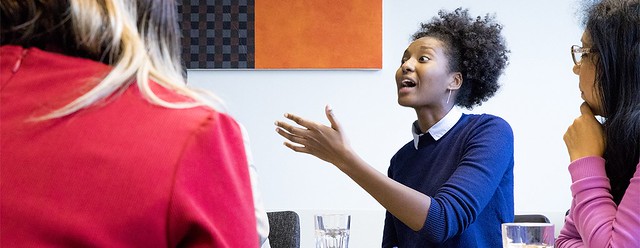As we await the delayed Levelling Up White paper, to my mind it is encouraging that Michael Gove (Secretary of State for Levelling up, Housing and Communities) is drawing together a cabinet committee to focus on these matters, drawing membership from across different Government Departments. If regional inequalities are to be reduced, it obviously cannot be done by one department alone, as so many different facets of life and the economy are involved. Integration matters.
In the arena of research and innovation, a key paragraph in the October 2021 Comprehensive Spending Review stated that
“the government will ensure that an increased share of the record increase in government spending on R&D over the SR21 period is invested outside the Greater South East”.
All eyes will be on UKRI to see how this may be achieved, and particularly so when it comes to the significant and ring-fenced uplift in funds directed towards Innovate UK. How will they bring place into their decision-making, and how will they ensure it is the ‘right’ place in this context, i.e. outside the Greater South East?
Another relevant statement in the CSR document, albeit not one that has had as much publicity as maybe it should have done, refers to a new programme called Multiply. This is described as
“a new UK-wide programme to equip hundreds of thousands of adults with functional numeracy skills to improve their employment prospects.”
This statement does not specify the actual skills level that is being referred to, but presumably this is more likely to be at level 2 than anything higher. There are, after all, large numbers of adults who never passed their GCSE in maths. Improving their functional numeracy will help them both in their job prospects and in managing their personal (not least financial) affairs more effectively. It is with regard to programmes like this that it becomes clear why Gove is right to bring different ministers together to work out how levelling up can be supported as an overarching agenda. Both the Department for Education and BEIS should be interested, as well as Gove’s own Department and, one assumes, the Treasury, in the Multiply programme.
There is, needless to say, little detail about how Multiply will operate. Who will deliver Level 2 qualifications in maths? It isn’t likely to be schools and the obvious candidates will be the Further Education Colleges. However, that leads us straight to the absence of the long-awaited response to the Augar Review. Maybe this will turn up soon, as promised, but that promise has been on the cards for a very long time. Unless the issues associated with funding of FE colleges get resolved, such a large-scale programme aimed at ‘hundreds of thousands’ of adults will be hard to get off the ground. Of course, if the money is separately available as of now, perhaps some tweaking round the edges along with this injection of cash will suffice, but it won’t solve the bigger picture of all the additional Level 3 and 4 qualifications needed or renewed focus on adult upskilling in areas other than numeracy. And such upskilling is of course vital to the levelling up agenda, as repeated announcements make clear, even if there is less clarity about how and what this means.
According to a House of Commons Library briefing released last week, money is committed to the new programme, stating that Multiply
‘will be funded with £560 million from the UKSPF’,
in which UKSPF is the United Kingdom Shared Prosperity Fund, whose shape is still ill-defined. This briefing makes for very interesting reading regarding UKSPF, not least spelling out how long it has been in gestation and how little is still known about it. Yet it must have a crucial role to play in the levelling up agenda, not least in acting as a quasi-replacement for European Structural Funds. This is what it was badged to do way back in 2017 when it was first announced in the Conservative Party Manifesto and restated in that year’s (now rather forgotten after Greg Clark’s departure) Industrial Strategy White Paper.
Over the past years, Structural Funds, amounting to around £2bn pa predominantly came from two separate funds: the European Regional Development Fund (ERDF) and the European Social Fund (ESF). (There were two other smaller funds which contributed relatively little to the UK.) ERDF funding mainly went to research and innovation, enhancing the competitiveness of SMEs and, to a lesser degree, supporting the shift towards a low carbon economy in all sectors, whereas the ESF was directed towards getting people into the workforce or helping them to improve their skills. Under EU rules, this money went to regions according (inversely) to the level of their economic development, as measured by GDP per person. Regions which were classified as less developed received proportionally more funding, so that – in terms of funds received per capita – Wales received the highest level of funding of the UK regions. How – and by whom – will money be distributed from UKSPF in the future remains unclear, since it certainly does not need to follow this pattern?
The House of Commons Library briefing makes for illuminating, if distinctly depressing reading about the UKSPF, as to how things have, or rather have not, progressed since the early announcements in 2017. Consultations about the shape of the Fund have been repeatedly promised ‘soon’, but have not yet materialised. In the 2020 Spending Review it was stated that
‘the total amount of funding made available will “ramp up” until it at least matches “current EU receipts”.’
Finally, in this autumn’s Comprehensive Spending Review, the details of the funding profile were released: £0.4 billion allocated for 2022/23, £0.7 billion for 2023/24, and £1.5 billion for 2024/25. This review also confirmed that
‘that the Fund would “at a minimum match the size of EU Funds in each nation” of the UK’
as well as making the same promise for Cornwall. However, there is clearly something of a shift towards skills development with less emphasis on wider economic factors compared with ESIF.
Having chaired a recent Royal Society roundtable in Coventry on investing in regional research and innovation with key local leaders in the West Midlands, one relevant message that came through clearly was the importance of not segregating funding for skills and infrastructure, but to think about the innovation landscape as a coherent ecosystem. Other clear messages were the crucial need to reduce bureaucracy and not impose artificial geographical boundaries that work against clusters of firms getting together to innovate. This approach to thinking about the criteria for the UKSPF in terms of integrated actions and not piecemeal, in order to deliver the most bang-for-their-buck I hope is a message those designing criteria for the fund bear in mind.
So, a long gestation and still no certainty about how most of this money will be distributed and on what. In the meantime, there has been an interim allocation of £220M to the UK Community Renewal Fund, controlled by Gove and his Department. This allocation has not been entirely smooth sailing, with the regions selected to bid for funds not necessarily being those regarded as the most deprived and with the outcomes of the bids not released until the start of November, yet with the money meant to be spent as soon as March 2022; a tall order for many of the projects. However, this pot of money clearly as yet nowhere near approaches the sorts of funds that the Structural Funds used to do or, that one hopes, the UKSPF will in due course.
Many questions. So few answers as yet forthcoming.


